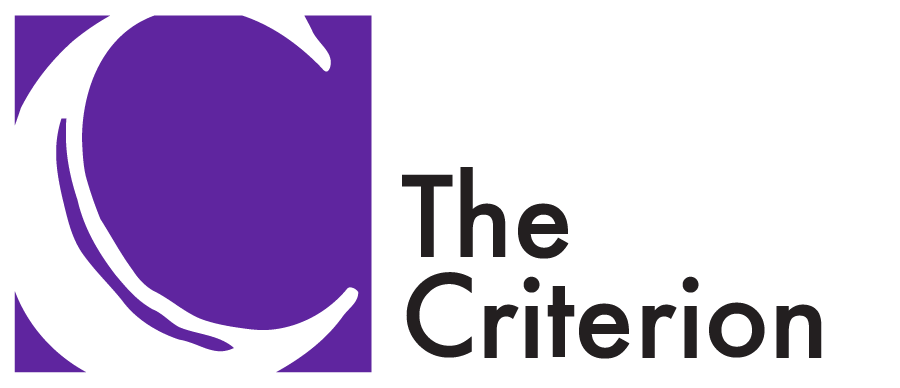A Few Steps Away from Reality
An interview with Lenayah Rayford
This interview was conducted between Criterion art and digital graphics director Professor Laurel Archie and Spring 2025 contributor Lenayah Rayford
LA: Seeing your work, especially your paintings, I’ve noticed you have an interest in exploring surreal imagery. What is it about the Surrealist movement that interests you and why do you choose to use it in your work?
LR: When I paint, I take a few steps away from reality. Some artists choose to paint directly from life, capturing every curve, contour, and color with precision—and they do it beautifully. At one point, I thought realism was my end goal. But now, it feels more like a fun party trick than true expression. Surrealism gives me the freedom to experiment and escape the monotony of the everyday world. Whether it’s through an oversaturated, rich color palette or scattered, nonsensical imagery, my work becomes a portal into something dreamlike. The process itself feels like a dream—loose, intuitive, and strange. The brush becomes a gateway, and I hold the key.
Another thing that bridges your work together is your use of color. Most all your artforms seem to employ a very rich, deep palette. Why do you think you lean toward these types of colors when making work and how does it impact the meaning?
Vibrancy catches the eye. It draws you in and wraps around you, like seeing the world through rose-colored glasses. In my work, I use bold, deep colors to invite the viewer into an otherworldly experience. Much like in dreams, some elements are familiar, but others feel slightly off. That line between the known and the unknown is the feeling I hope to evoke.
As a painter, I see the medium as a part of me; I’m curious, with so many different art forms available, what got you into painting and what has kept you using it?
Maybe in a past life, I was a sculptor. The idea of carving something out of nothing brings me a deep sense of joy. But in this life, paint is the tool I was given. I remember the first time I discovered craft paint—not the highest quality, but it was what my mother could afford to nurture my creativity. Over time, as other family members saw that art was more than a silly hobby, it became a recurring gift. I learned to work with what I had. In doing so, I developed a stronger bond with my materials and a deeper appreciation for the creative process.
I know from class you offer a lot of excellent insight in critiques. You not only make good work, but are able to think critically and elaborate in writing or speaking about art. How do you see the role of language, and platforms like this (interviews, magazines, community events) being used to relate art to the public?
Art is a public thing. It surrounds us—on billboards, in magazines, across murals, posters, and street signs. Yet it’s so embedded in our daily lives that it’s often overlooked. It doesn’t have to be grand or dramatic to be meaningful. Studying art in a formal setting opened my eyes to that. Sure, I’ve gained the terminology and a trained eye, but anyone can have an opinion about art. What matters is finding the words to express it.
